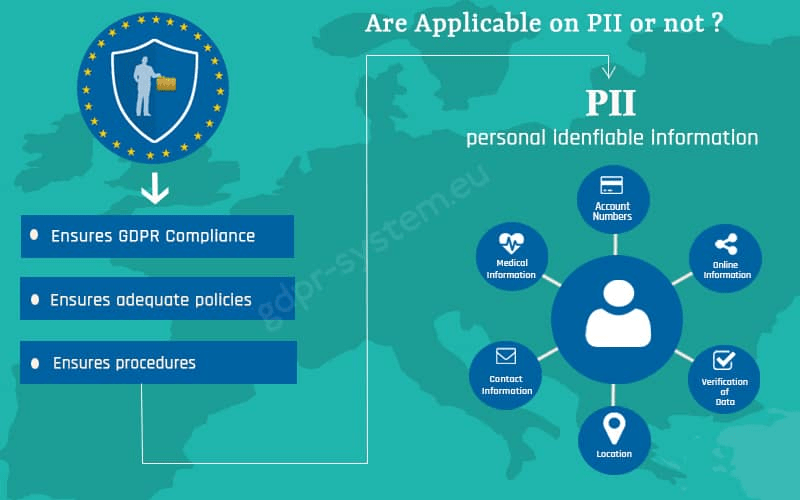Google Analytics Guidelines: What Data Does Google Analytics Prohibit Collecting?
Grasping the Art of Overcoming Data Collection Limitations in Google Analytics for Better Decision-Making
In the realm of digital analytics, the capacity to extract meaningful insights from data is paramount for notified decision-making. By employing advanced techniques and strategic approaches, companies can elevate their data high quality, unlock hidden understandings, and lead the means for even more educated and effective choices.
Information High Quality Assessment
Data top quality assessment includes assessing different aspects such as accuracy, completeness, uniformity, and timeliness of the information. One essential element to take into consideration is data precision, which refers to just how well the information shows the real values of the metrics being determined.
Completeness of data is an additional crucial consider assessing data quality. It involves ensuring that all necessary data points are gathered and that there are no voids in the info. Insufficient information can alter evaluation results and hinder the ability to get an extensive sight of individual habits or internet site performance. Uniformity checks are also important in data high quality evaluation to determine any discrepancies or abnormalities within the information collection. Timeliness is equally vital, as obsolete information may no much longer matter for decision-making processes. By prioritizing information top quality assessment in Google Analytics, companies can improve the integrity of their analytics reports and make more enlightened decisions based upon precise understandings.
Advanced Tracking Techniques
Using advanced monitoring techniques in Google Analytics can substantially boost the depth and granularity of information accumulated for even more detailed analysis and understandings. One such technique is occasion monitoring, which permits for the monitoring of certain communications on a site, like clicks on buttons, downloads of data, or video views. By executing occasion tracking, organizations can get a deeper understanding of individual habits and interaction with their online web content.
In addition, customized dimensions and metrics give a way to tailor Google Analytics to details company needs. Personalized dimensions enable the development of brand-new information factors, such as user functions or client sections, while customized metrics make it possible for the monitoring of one-of-a-kind efficiency indications, like revenue per customer or average order worth.
Additionally, the use of Google Tag Manager can improve the execution of monitoring codes and tags throughout a site, making it less complicated to manage and release sophisticated monitoring configurations. By taking advantage of these advanced tracking techniques, companies can open valuable insights and enhance their online approaches for far better decision-making.
Custom-made Measurement Implementation
To enhance the depth of data collected in Google Analytics beyond advanced monitoring methods like occasion monitoring, companies can implement custom-made measurements for more tailored understandings. Customized measurements allow organizations to define and collect certain data factors that pertain to their one-of-a-kind objectives and purposes (What Data Does Google Analytics Prohibit Collecting?). By appointing custom-made measurements to different components on a website, such as customer interactions, demographics, or session details, companies can get a more granular understanding of just how users involve with their on-line properties

Attribution Modeling Methods
By employing the ideal attribution design, services can accurately associate conversions to the proper touchpoints along the consumer journey. One typical attribution design is the Last Interaction model, which provides credit for a conversion to the last touchpoint a customer interacted with before transforming.

Information Experiencing Avoidance
When managing huge quantities of information in Google Analytics, overcoming information sampling is vital to make sure precise understandings are obtained for informed decision-making. Data tasting takes place when Google Analytics estimates patterns in information as opposed to evaluating the complete dataset, possibly leading to manipulated outcomes. To stay clear of information sampling, one reliable method is to reduce the date range being evaluated. By concentrating on shorter amount of time, the probability of experiencing experienced data declines, supplying an extra accurate representation of customer habits. Additionally, making use of Google Analytics 360, the premium version of the platform, can aid minimize sampling as it permits greater data limits before tasting kicks in. Applying filters to limit the data being assessed can also help in avoiding tasting concerns. By taking these proactive steps to minimize information sampling, organizations can remove much more precise understandings from Google Analytics, leading to much better decision-making and improved overall additional reading performance.
Conclusion
To conclude, grasping the art of conquering information collection restrictions in Google Analytics is crucial for making notified decisions. By carrying out a detailed information high quality evaluation, executing innovative monitoring techniques, using custom-made measurements, utilizing attribution modeling strategies, and staying clear of information sampling, services can make certain that view publisher site they have reliable and accurate data to base their choices on. This will ultimately lead to a lot more effective strategies and much better results for the company.
